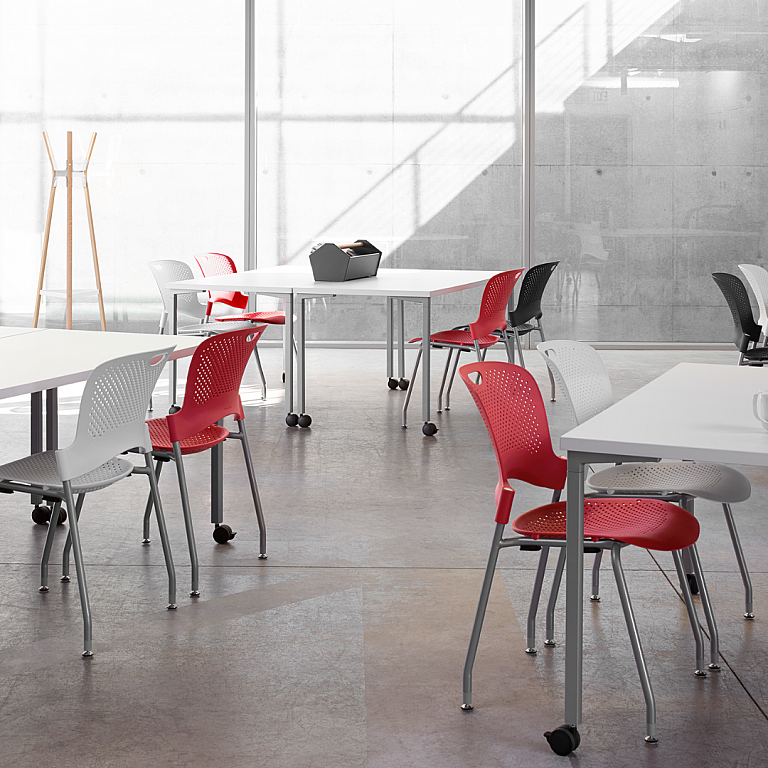Furniture Maintenance and Longevity
In educational environments, where the daily wear and tear on furniture is inevitable, investing in maintenance strategies is crucial for preserving both the appearance and functionality of campus furnishings.

Strategies for Preserving Campus Investments
In educational environments, where the daily wear and tear on furniture is inevitable, investing in maintenance strategies is crucial for preserving both the appearance and functionality of campus furnishings. Proper care can significantly extend the life of these investments, ensuring they continue to serve students and faculty effectively for years to come.
Here are key strategies for maintaining your campus furniture:

Regular Cleaning Protocols
Implement a regular cleaning schedule tailored to the types of furniture and materials used on your campus. For instance, wood may require polishing, while metals might need rust protection, and upholsteries could benefit from vacuuming and spot cleaning. Use appropriate cleaning agents to avoid damaging materials.

Immediate Repairs
Address damages as soon as they occur to prevent further deterioration. This includes tightening loose screws, mending small tears in fabric, and touching up paint. Establishing a fast-response maintenance team can help manage these tasks efficiently.

Protective Measures
Take proactive steps to protect furniture from potential damage. Use weather-resistant covers for outdoor pieces, place floor mats at entryways to reduce dirt and moisture being tracked in, and use felt pads under chair and table legs to prevent scratches on floor surfaces.

Quality Furniture Selection
Initially investing in high-quality furniture can be pivotal. Choose products known for their durability and designed for heavy use. This may involve a higher upfront cost, but it translates into savings in the long run due to fewer replacements and repairs. Ask us about the warranties and what they entail.

Educate Users
Educate students and staff on the proper use and care of furniture. Awareness campaigns can help cultivate a sense of responsibility and encourage everyone to handle furnishings carefully.

The Outcomes
By implementing these strategies, educational institutions can ensure their furniture remains in excellent condition, providing a welcoming and functional environment for all. Remember, the longevity of campus furniture is not just about preserving financial investments—it's also about contributing to a sustainable future by reducing waste and unnecessary consumption.
Explore Other Ways to Transform Your Campus

Innovative Furniture Solutions for Flexible Learning Environments
In the rapidly evolving world of education, flexible learning environments have become crucial in accommodating diverse teaching methodologies and learning styles. This shift calls for innovative furniture solutions that can adapt to various learning scenarios. We can show you how thoughtful design contributes to more dynamic and inclusive educational spaces.

Exploring Furniture Options for Campus Gardens and Amphitheaters
As educational institutions continue to embrace the benefits of outdoor learning, the demand for versatile and durable outdoor learning environments has never been greater. Creating inviting campus outdoor spaces not only enhances the learning experience but also contributes to the wellbeing of both students and staff.

The Role of Ergonomic Furniture in Enhancing Student Learning and Productivity
As educators and institutions strive to improve educational outcomes, the focus often turns towards innovative teaching methods, curriculum design, and technology integration. However, one fundamental aspect that can significantly impact student learning and productivity is often overlooked: the physical environment, specifically ergonomic furniture.
Interested in learning more?
Connect with our team today!
















